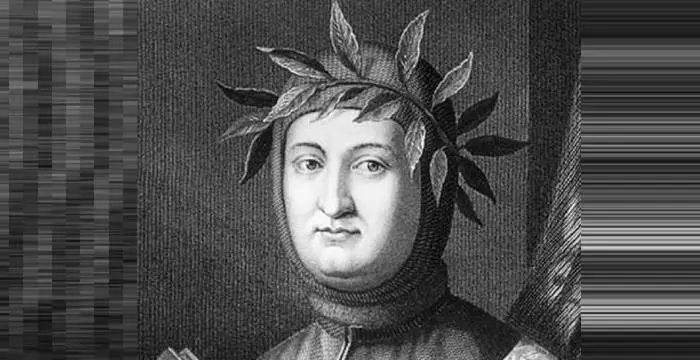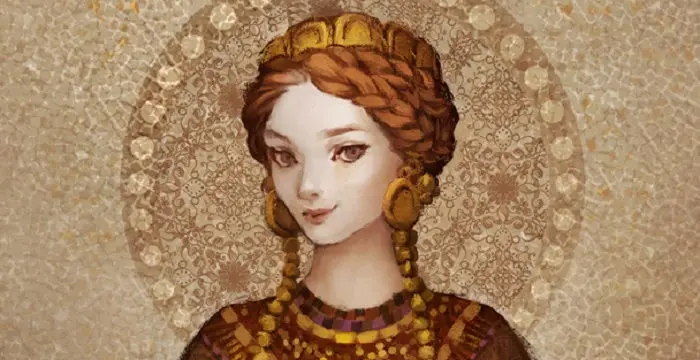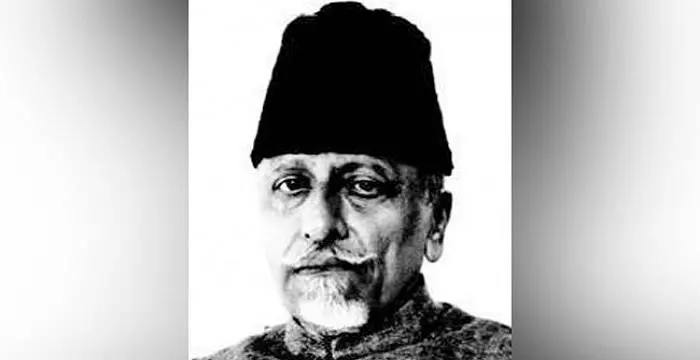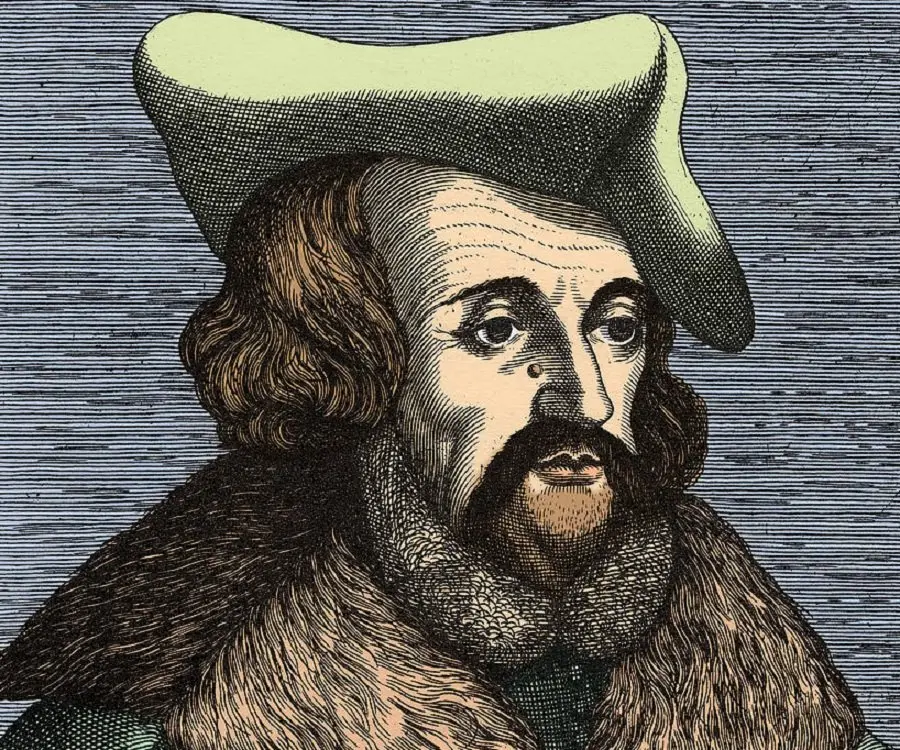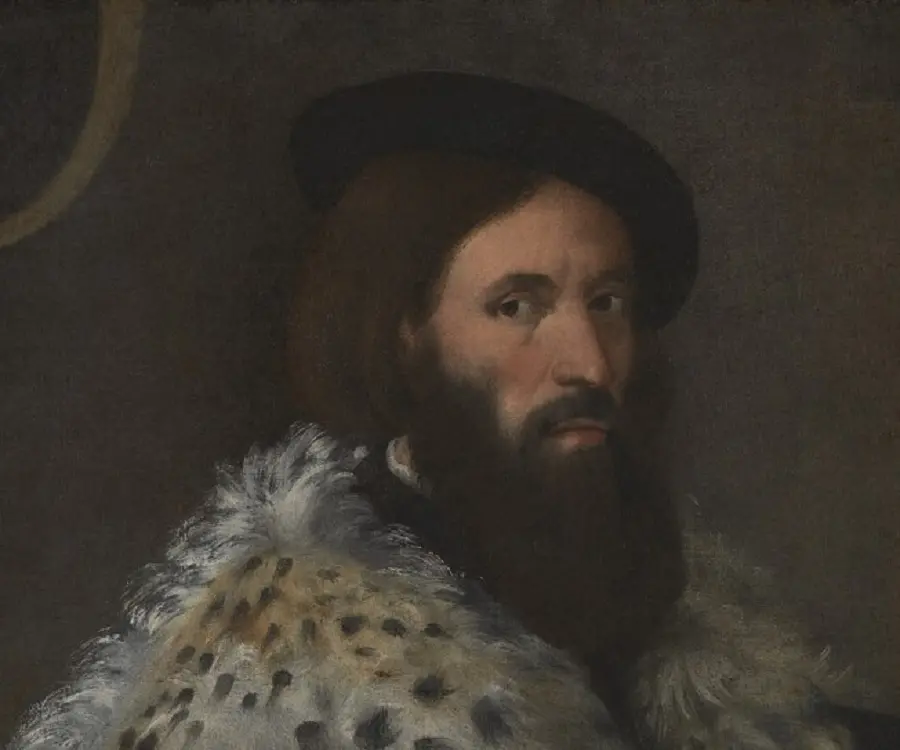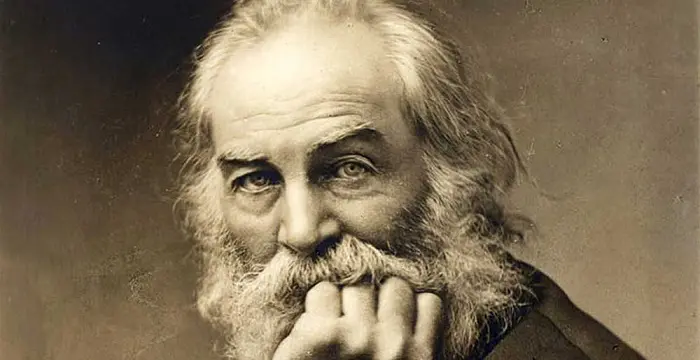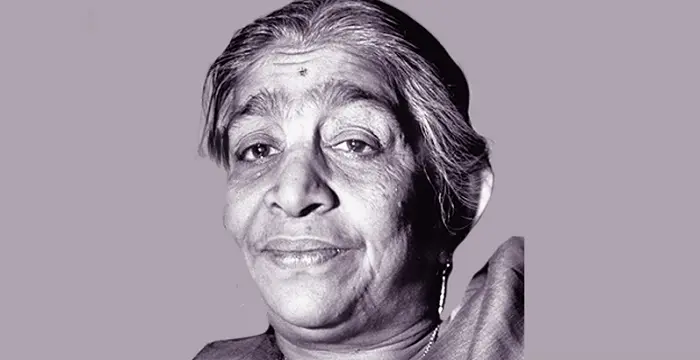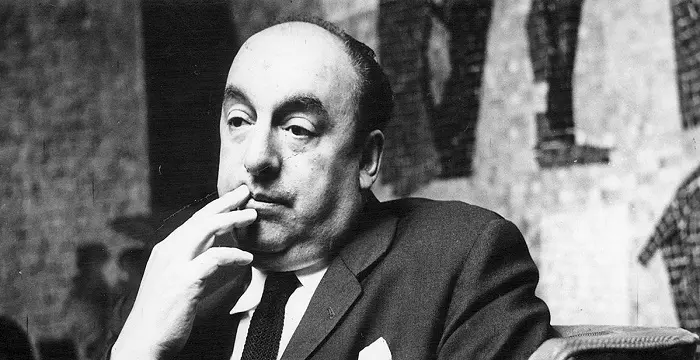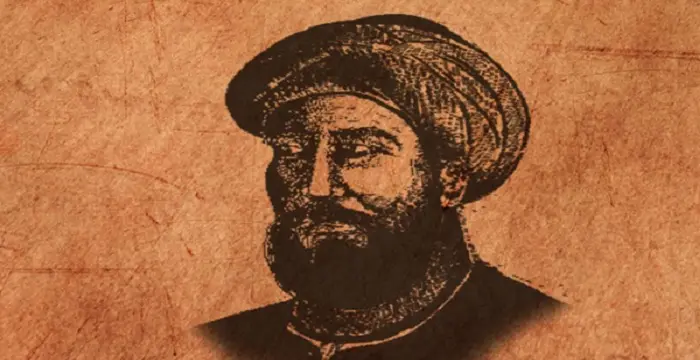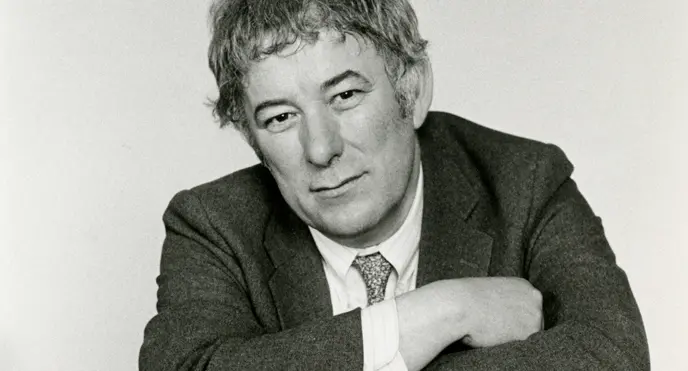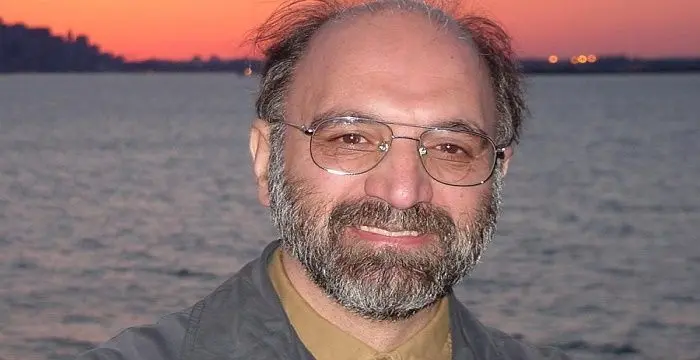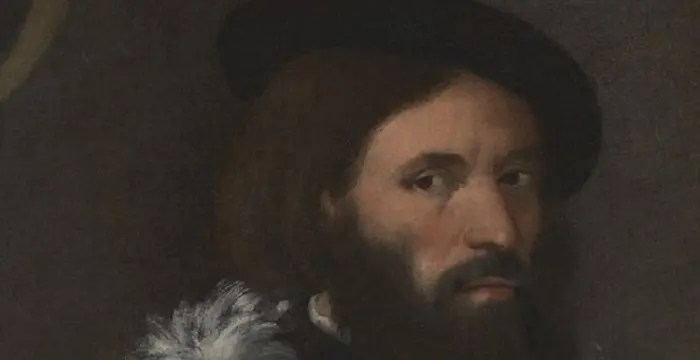
Girolamo Fracastoro - Scholar, Career and Life
Girolamo Fracastoro's Personal Details
Girolamo Fracastoro was an Italian physician, poet, astronomer, and geologist
| Information | Detail |
|---|---|
| Birthday | 1478 |
| Died on | August 8, 1553 |
| Nationality | Italian |
| Famous | Physicians, Scientists, Poets, Poets, Scholar |
| Spouses | Aletta Gertruida Louw, Barbara Zoellner, Karin Setzkorn |
| Childrens | Armin, Christiaan Jr., Frederick, Lara |
| Universities |
|
| Birth Place | Verona |
| Gender | Male |
| Born in | Verona |
| Famous as | Physician, scholar, poet |
| Died at Age | 75 |
// Famous Scholar
Francesco Petrarch
Fêted as the “Father of Humanism”, Francesco Petrarch is one of the most influential literary figures the world has ever had. Explore this biography to know about his childhood, life and timeline.
Anna Comnena
Anna Comnena was the Greek princess and scholar who wrote the ‘Alexiad’. This biography of Anna Julia Cooper provides detailed information about her childhood, life, achievements, works & timeline.
Maulana Abul Kalam Azad
Maulana Abul Kalam Azad was prominent leader who contributed actively in the Indian freedom struggle.
Girolamo Fracastoro's photo
Who is Girolamo Fracastoro?
Girolamo Fracastoro was an Italian physician, poet, astronomer, and geologist born in the late fifteenth century into a distinguished Venetian family. Starting his education at home, he was later sent to the University of Padua, where he studied literature, philosophy, medicine, anatomy, mathematics and astronomy. On receiving his degree, he began his career at his alma mater but his career was interrupted by the war against the French. Subsequently, he returned to his home town Verona and established his practice in medicine. Soon he gained fame as a physician and got acquainted with many intellectuals and patrons of the day. He also started writing and his first published work, ‘Syphilis sive morbus Gallicus’, written in rhythmic form, deals extensively on the disease syphilis; in fact, the very word syphilis was later derived from this work. Later in his ‘De Contagione et Contagiosis Morbis’, he discussed in brief his concept of epidemic diseases and provided the first description for typhus. His theory on the transmission of contagious diseases was held in great esteem until it was replaced by the more comprehensive ‘germ theory.’
// Famous Poets
Walt Whitman
Walt Whitman was an American poet, journalist and humanist. Read this brief biography to find more on his life & timeline.
Sarojini Naidu
Sarojini Naidu was an Indian freedom fighter and poet. Read this brief biography to find more on her life.
Pablo Neruda
Pablo Neruda was a Chilean poet, politician and Nobel laureate. Go through this biography to learn more about his profile, childhood, life and timeline.
Childhood & Early Life
Girolamo Fracastoro was born in 1478 in Verona, then an important city in the Republic of Venice. Contrary to general belief, he was not of aristocratic descent. However, many of the family members had distinguished careers in law or civil services. His grandfather was a physician to the reigning Scala family.
Girolamo’s parents had seven sons and out of them, he was born sixth. His mother, Camilla Mascarelli, died when he was still a child. Therefore he was mostly brought up by his father, Paolo Filippo Fracastoro, in his villa in Incaffi, fifteen miles from Verona on Lake Garda.
The boy began his education at home, studying literature and philosophy with his father. As he reached his adolescence, he was enrolled at the University of Padua, where he was put under the care of physician Girolamo Della Torre, also a family friend.
At Padua, he studied philosophy under Pietro Pomponazzi and Nicolò Leonico Tomeo, medicine under Girolamo Della Torre and Alessandro Benedetti and anatomy under Marcus Antonio Della Torre. In addition, he also received instructions in literature mathematics, and astronomy.
Fracastoro received his degree in 1502. During this period, he befriended the future cardinals Ercole Gonzaga, Gasparo Contarini, and Pietro Bembo as well as Giovanni Battista Ramusio, who later became a famous geographer.
Early Career
Immediately after receiving his degree in 1502, Girolamo Fracastoro was appointed an instructor of logic at the University of Padua. Later in the same year, he was appointed the conciliarius anatomicus at the same university. Thus began his long association with medicine.
During this period, he came in contact with Polish astronomer Nicolas Copernicus, who at that time was studying medicine at Padua. Later on 18 September 1505, he was elected to the College of Physicians in Verona, a position he held concurrently with his position at Padua.
In 1508, with the threat of war between the Republic of Venice and the Emperor Maximilian I and closing of the University, Fracastoro left his position at Padua. However, he continued with his position at Verona, which he held until his death, serving four times as prior and eight times as councilor.
Meanwhile, on leaving Padua, he followed Bartolomeo d’Alviano to Pordenone, then Porto Naone. Here, Alviano presented Fracastoro at the Accademia Friulana. Shortly after that, they set out for the border of the Veneto, where the Venetian forces were fighting the French Army.
In this campaign, Fracastoro served as a physician. When in 1509, the Venetian forces were defeated at the battle of Agnadello and Alviano was taken as a prisoner, Fracastoro returned to Verona. By that time, his father had passed away.
In Verona
On returning to Verona, Girolamo Fracastoro set up his home near the Church of Santa Eufemia and began to organize the estate he had inherited from his father. Concurrently, he also devoted himself to his studies.
In 1510, there was an outbreak of plague in the area. It induced Fracastoro to start practicing medicine. Soon, his fame spread near and far. Patients from all over Italy started coming to Verona to consult him.
In the same year, he also started his work on ‘Syphilis sive morbus Gallicus’ (Syphilis or The French Disease), a lengthy narrative poem, written in a style similar to ‘Georgics’ by Virgil. However, he would actually concentrate on the work only from 1521, completing it by 1530.
From 1511, he began to alternate between his home in Verona and the villa he had inherited from his father at Incaffi. Soon his villa at Incaffi became a meeting point for many intellectuals. There they talked about different philosophical as well as scientific issues.
Around this period, he began to get acquainted with the leading figures of the time and maintained good relationships with them. Gian Matteo Giberti, bishop of Verona, was one of them. A patron of writers, scientists, and artists, Giberti also had high regard for Fracastoro.
Interactions with such men also expanded Fracastoro’s cultural base. Apart from medicine and philosophy, he now started taking interest in liberal arts and natural sciences. His surviving works prove that he had gained notable grasp over these subjects too.
By 1525, he had completed two volumes of ‘Syphilis sive morbus Gallicus’ and sent the drafts to Pietro Bembo, an influential scholar, poet, literally theorist and a member of the Knights Hospitaller. Thereafter, he wrote its third volume and published the entire work in 1530.
Also in 1530, he gave up his medical practice and concentrated on writing. ‘Di Vino Temperatura’ (1534), ‘Homocentricorum sive de Stellis, de Causis Criticorum Dierum Libellus’ (1535), ‘Homocentrica’ (1538), ‘Naugerius sive de Poetica Dialogus’ (1540) and ‘De Contagione et Contagiosis Morbis’ (1546) are some of his notable works of this period.
Council of Trent
Meanwhile in 1545, he was nominated by Pope Paul III as the medicus conductus et stipendiatus of the Council of Trent for which he was offered a salary of sixty golden scudi per month. His fame and esteem as well as his connections in the ecclesiastical circle might have helped him to get this offer.
In 1546, Fracastoro was made a Canon of Verona with especial exemptions. Sometime now, he had a forbearing that there might be a breakout of contagious diseases (morbus peticularis) in Trent and along with Balduino de Balduni, signed a statement to this effect.
Pope Paul III wanted to shift the Council from Trent to Bologna, which was located nearer to Rome. The declaration gave him an excuse to carry out the transfer. When the Council was finally transferred to Bologna in 1547, Fracastoro had a major role to play.
Last Years
Although he was greatly interested in politics, he never held any political office. Instead, he devoted his time to writing and also continued to play an active role in the College of Physicians in Verona, a position he had been holding since 1505.
‘Naugerius, Sive de Poetica Dialogus’ (Navagero, or a Dialogue on the Art of Poetry) is an important work of this period. Written in memory of his friend Andrea Navagero, it discusses the various literary problems and theories of the Renaissance period in dialogue form
The book was published in 1555 as part of his ‘Opera Omnia.’ However, his last work ‘Fracastorius sive de Anima’ was left unfinished. In it, he affirms the immorality of the soul and tries to express his experiences as a doctor and philosopher through a set of questions and answers.
Major Works
Girolamo Fracastoro is best remembered for his epic poem, ‘Syphilis sive morbus Gallicus’, published in three books. He opens he discourse with the tale of a shepherd boy named Syphilus, who was punished with the horrible disease for insulting Apollo.
The first book then goes on to describe the horrors of the disease. In the second book, he talks about its cure and prevention, and in the third book, he talks Columbus’ voyage and the discovery of the guaiacum, a specific remedy against syphilis—a disease endemic among the natives of the lands Columbus travelled to.
‘De Contagione et Contagiosis Morbis’, published in 1546, is another of his major works. Here, he proposes that epidemics are caused by tiny particles or "spores" capable of transmitting diseases both through direct and indirect contacts as well as without contact over long distance.
Personal Life & Legacy
Around 1500, while he was still a student at the University of Padua, Girolamo Fracastoro married Elena de Clavis/Schiavi. Together they had five children: four sons named Giovanni Battista, Paolo, Giulio and Paolo Filippo; and a daughter, Isabella.
Among them, his second son Paolo died in an early age, prompting Fracastoro to write an ode to him. Two other sons also died while Fracastoro was still alive. Only Paolo Filippo, born in 1517, and Isabella survived him.
Fracastoro was mentally agile till the end. On 6 August 1553, he had a massive stroke and died on the same day in his villa at Incaffi. He was buried at the Church of Santa Eufemia in Verona, where he lay until 1740. Thereafter, his remains were exhumed and lost.
In 1555, within two years of death, his complete works were published by his followers. Also in the same year, Carrarese sculptor Danese Cattaneo completed his marble statue, which now stands on a beautiful arch in the central Piazza dei Signori of Verona, near the monument to Dante Alighieri.
In addition, the citizens of Padua erected his bronze statue, which now stands in the city.
An ancient lunar impact crater located at the southern edge of Mare Nectaris has been named Fracastorius in his honor.
For his famous book, ‘De Contagione et Contagiosis Morbis’, Fracastoro is considered to be the pioneer of epidemiology by many modern scholars.
// Famous Physicians
Al-Zahrawi
Al-Zahrawi, was an illustrious medieval Arab Muslim physician and surgeon. Check out this biography to know about his childhood, family life, achievements and interesting facts about him.
Jabir Ibn Hayyan
Jabir Ibn Hayyan was a medieval era polymath. Check out this biography to know about his life, works and achievements.
Maria Montessori
Maria Montessori was a physician and educator who developed the approach of Montessori education. This biography of Maria Montessori provides detailed information about her childhood, life, achievements, works & timeline.
Girolamo Fracastoro biography timelines
- // 1478Girolamo Fracastoro was born in 1478 in Verona, then an important city in the Republic of Venice. Contrary to general belief, he was not of aristocratic descent. However, many of the family members had distinguished careers in law or civil services. His grandfather was a physician to the reigning Scala family.
- // 1500Around 1500, while he was still a student at the University of Padua, Girolamo Fracastoro married Elena de Clavis/Schiavi. Together they had five children: four sons named Giovanni Battista, Paolo, Giulio and Paolo Filippo; and a daughter, Isabella.
- // 1502Fracastoro received his degree in 1502. During this period, he befriended the future cardinals Ercole Gonzaga, Gasparo Contarini, and Pietro Bembo as well as Giovanni Battista Ramusio, who later became a famous geographer.
- // 1505Although he was greatly interested in politics, he never held any political office. Instead, he devoted his time to writing and also continued to play an active role in the College of Physicians in Verona, a position he had been holding since 1505.
- // 18th Sep 1505During this period, he came in contact with Polish astronomer Nicolas Copernicus, who at that time was studying medicine at Padua. Later on 18 September 1505, he was elected to the College of Physicians in Verona, a position he held concurrently with his position at Padua.
- // 1508In 1508, with the threat of war between the Republic of Venice and the Emperor Maximilian I and closing of the University, Fracastoro left his position at Padua. However, he continued with his position at Verona, which he held until his death, serving four times as prior and eight times as councilor.
- // 1509In this campaign, Fracastoro served as a physician. When in 1509, the Venetian forces were defeated at the battle of Agnadello and Alviano was taken as a prisoner, Fracastoro returned to Verona. By that time, his father had passed away.
- // 1510In 1510, there was an outbreak of plague in the area. It induced Fracastoro to start practicing medicine. Soon, his fame spread near and far. Patients from all over Italy started coming to Verona to consult him.
- // 1511From 1511, he began to alternate between his home in Verona and the villa he had inherited from his father at Incaffi. Soon his villa at Incaffi became a meeting point for many intellectuals. There they talked about different philosophical as well as scientific issues.
- // 1517Among them, his second son Paolo died in an early age, prompting Fracastoro to write an ode to him. Two other sons also died while Fracastoro was still alive. Only Paolo Filippo, born in 1517, and Isabella survived him.
- // 1521 To 1530In the same year, he also started his work on ‘Syphilis sive morbus Gallicus’ (Syphilis or The French Disease), a lengthy narrative poem, written in a style similar to ‘Georgics’ by Virgil. However, he would actually concentrate on the work only from 1521, completing it by 1530.
- // 1525By 1525, he had completed two volumes of ‘Syphilis sive morbus Gallicus’ and sent the drafts to Pietro Bembo, an influential scholar, poet, literally theorist and a member of the Knights Hospitaller. Thereafter, he wrote its third volume and published the entire work in 1530.
- // 1530 To 1546Also in 1530, he gave up his medical practice and concentrated on writing. ‘Di Vino Temperatura’ (1534), ‘Homocentricorum sive de Stellis, de Causis Criticorum Dierum Libellus’ (1535), ‘Homocentrica’ (1538), ‘Naugerius sive de Poetica Dialogus’ (1540) and ‘De Contagione et Contagiosis Morbis’ (1546) are some of his notable works of this period.
- // 1545Meanwhile in 1545, he was nominated by Pope Paul III as the medicus conductus et stipendiatus of the Council of Trent for which he was offered a salary of sixty golden scudi per month. His fame and esteem as well as his connections in the ecclesiastical circle might have helped him to get this offer.
- // 1546In 1546, Fracastoro was made a Canon of Verona with especial exemptions. Sometime now, he had a forbearing that there might be a breakout of contagious diseases (morbus peticularis) in Trent and along with Balduino de Balduni, signed a statement to this effect.
- // 6th Aug 1553Fracastoro was mentally agile till the end. On 6 August 1553, he had a massive stroke and died on the same day in his villa at Incaffi. He was buried at the Church of Santa Eufemia in Verona, where he lay until 1740. Thereafter, his remains were exhumed and lost.
// Famous Poets
Charles Bukowski
Charles Bukowski was a German-born American novelist, short story writer and poet. With this biography, learn in details about his childhood, life, works, career and timeline
Seamus Heaney
Nobel Laureate Seamus Heaney was an Irish poet, playwright and translator. Know about his profile, childhood, life and timeline in the biography below.
Walt Whitman
Walt Whitman was an American poet, journalist and humanist. Read this brief biography to find more on his life & timeline.
Francesco Petrarch
Fêted as the “Father of Humanism”, Francesco Petrarch is one of the most influential literary figures the world has ever had. Explore this biography to know about his childhood, life and timeline.
Sarojini Naidu
Sarojini Naidu was an Indian freedom fighter and poet. Read this brief biography to find more on her life.
Abdolkarim Soroush
Abdolkarim Soroush is a reformer, thinker, and Rumi scholar belonging to Iran. Soroush is also a prominent figure in Iran’s religious movement. This biography provides detailed information about her childhood, life, achievements, works & timeline.
Girolamo Fracastoro's FAQ
When was Girolamo Fracastoro died?
Girolamo Fracastoro was died at 1553-08-08
Which age was Girolamo Fracastoro died?
Girolamo Fracastoro was died at age 75
Where is Girolamo Fracastoro's birth place?
Girolamo Fracastoro was born in Verona
What is Girolamo Fracastoro nationalities?
Girolamo Fracastoro's nationalities is Italian
Who is Girolamo Fracastoro spouses?
Girolamo Fracastoro's spouses is Aletta Gertruida Louw, Barbara Zoellner, Karin Setzkorn
Who is Girolamo Fracastoro childrens?
Girolamo Fracastoro's childrens is Armin, Christiaan Jr., Frederick, Lara
What was Girolamo Fracastoro universities?
Girolamo Fracastoro studied at University of Padua
How famous is Girolamo Fracastoro?
Girolamo Fracastoro is famouse as Physician, scholar, poet
